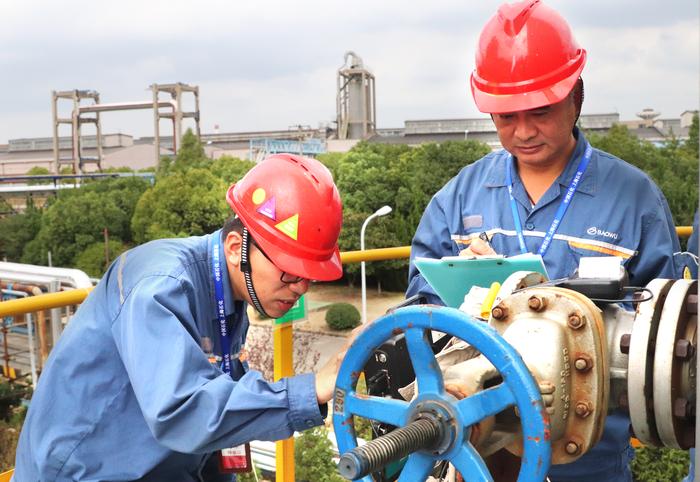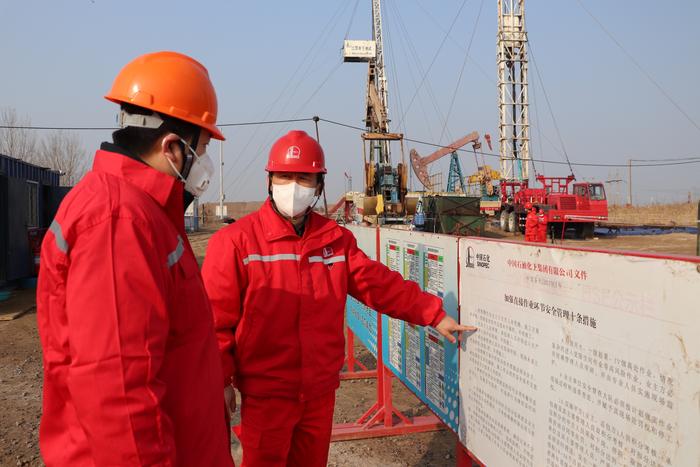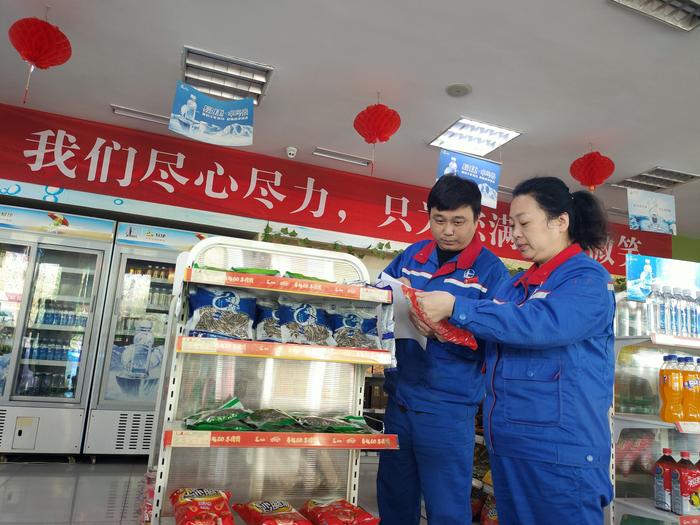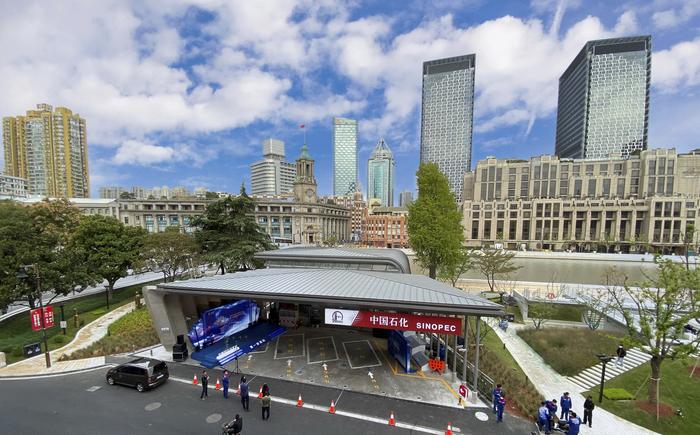|
| 2020-11-02 来源: 中国石化新闻网 |
| 石化新闻 |
中国石化新闻网讯 据能源世界网10月27日新加坡报道,液化天然气(LNG)作为船用燃料在亚洲越来越受欢迎,由于全球都在推动该行业使用更清洁的燃料,而充足的供应正使这种超冷燃料比石油更便宜。 分析师和行业官员表示,此举可能会吸引供应商和买家投资数十亿美元,用于天然气储存、液化天然气燃料船只和驳船,使船舶能够达到国际海事组织制定的严格排放标准。 咨询公司伍德·麦肯齐(Wood Mackenzie)的分析师安德鲁·巴克兰德(Andrew Buckland)表示,预计到2030年,这些措施将使亚洲在全球液化天然气船用燃料市场中的份额从“很小的一部分”上升到四分之一到三分之一。 他补充称,从全球来看,预计到2030年,液化天然气在船用燃料组合中所占比例将从去年的不到0.1%上升到10%。 必和必拓集团负责海事和卓越供应链的副总裁Rashpal Bhatti表示,如今,这个行业是一种同质燃料,即燃料油。未来,一些将使用燃油,一些将使用液化天然气,一些将使用氨,一些将使用氢和其他燃料。 必和必拓正与三家公司谈判,为其计划在西澳大利亚与中国之间运输铁矿石的5艘船供应液化天然气。该公司分析了天然气和燃料油的供需情况,并估计液化天然气现在作为运输燃料具有成本竞争力。 根据Refinitiv Eikon的数据显示,2020年迄今,LNG现货价格平均比极低硫燃料油每吨低131美元左右。 据分析师称,尽管由于液化天然气价格的上涨,差价最近有所缩小,但预计未来几年,当更多供应涌入市场时,差价将再次扩大。 为了利用这种潜在的增长,新加坡的Pavilion Energy正在与潜在的合作伙伴合作开发全球船用燃料供应网络。 吉宝离岸与海洋公司(Keppel Offshore & Marine)和壳牌东方石油公司(Shell Eastern Petroleum)的合资企业新加坡FueLNG,其将运营一艘液化天然气燃料船,而新加坡、马来西亚、日本、韩国和中国等国正在订购更多这类船。 IHS Markit东南亚天然气和液化天然气部门主管Chong Zhi Xin表示,随着更多设施的建成,到2025年,亚洲的液化天然气储备将加快增长,达到近1000万吨,约占全球船用燃料市场的4%。一旦引入这些液化天然气加注船,将可签署更多合约,船东也会更放心地改用液化天然气。 郝芬 译自 能源世界网 原文如下: Lower prices drive Asia's demand for LNG as ship fuel The use of liquefied natural gas (LNG) to fuel ships is gaining traction in Asia amid a global push to use cleaner fuels in the sector and as abundant supplies are making the super-chilled fuel more affordable than oil. The move could draw billions of dollars in investments from suppliers and buyers in gas storage, LNG-fuelled vessels and barges that will enable ships to meet stringent emission standards set by the International Maritime Organization, analysts and industry officials say. These measures are expected to boost Asia's share of the global LNG marine fuel market to between a quarter and a third by 2030, up from a "tiny fraction", Andrew Buckland, analyst at consultancy Wood Mackenzie, said. Globally, LNG is expected to account for 10 per cent of overall marine fuel mix by 2030, up from less than 0.1 per cent last year, he added. Rashpal Bhatti, vice president for maritime and supply chain excellence at BHP Group, said: "Today, the industry is a homogenous fuel, which is fuel oil. "Going forward, some percentage will use fuel oil, some percentage will use LNG, some will use ammonia, some hydrogen and other sources of fuel as well." BHP is in talks with three companies to supply LNG to fuel five ships it plans to use to transport iron ore between Western Australia and China. The company analyzed supply and demand of gas and fuel oil and estimates that LNG is now cost competitive as shipping fuel. LNG spot prices have averaged about $131 per tonne less than those for very low sulphur fuel oil so far in 2020, data from Refinitiv Eikon showed. While the gap has narrowed recently due to an uptick in LNG prices, they are expected to widen again when more supply hits the market over the next few years, analysts said. To tap this potential growth, Singapore's Pavilion Energy is working with potential partners to develop a global bunker supply network. It signed a memorandum of understanding with Finnish state-owned gas company Gasum earlier this month and is currently in "advanced stage of negotiations" with parties in China, said Alan Heng, managing director of its Asia office. As more facilities are built, Asia's LNG bunkering will grow faster to nearly 10 million tonnes by 2025, or about 4 per cent of global marine fuels market, IHS Markit's director of southeast Asia gas and LNG division Chong Zhi Xin said. "Once these LNG bunkering vessels are introduced, it will allow more contracts to be signed and vessel owners will be more comfortable making the switch to LNG," he said. |








